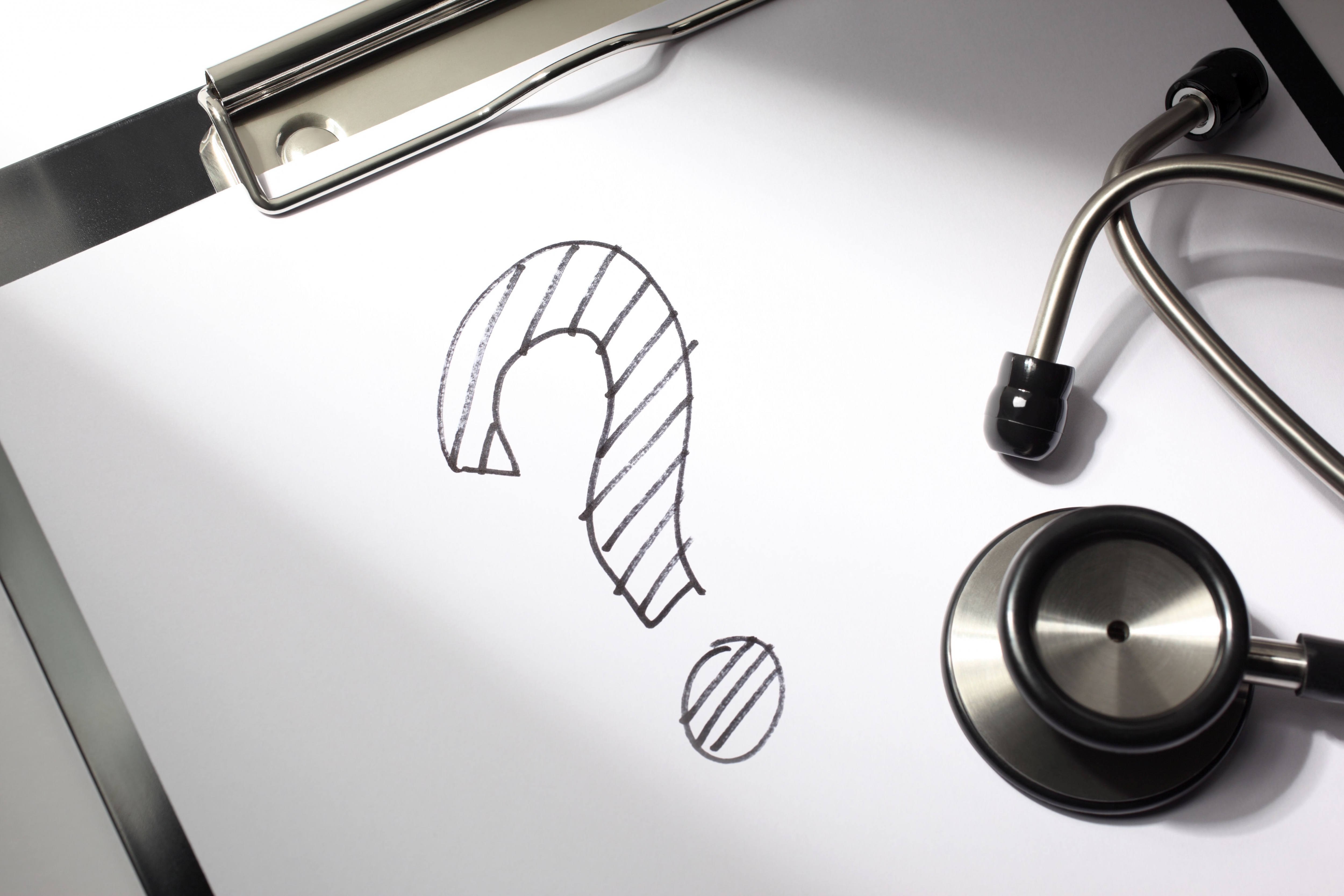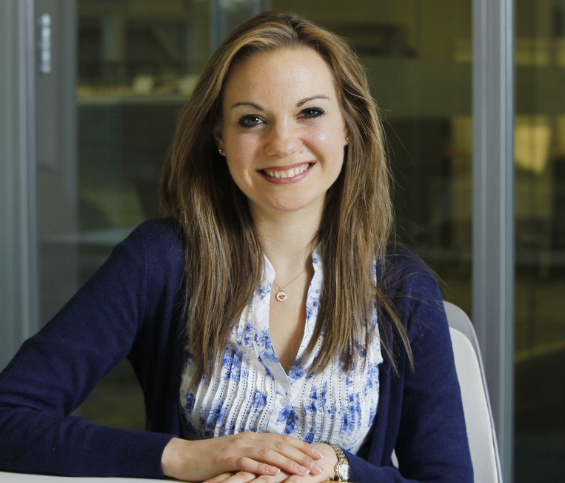Lymphoma survivor, Jessica Melore talks to Dr. Nichols about the Latest in Lymphoma Research and Treatment

September is Blood Cancer Awareness Month and The Leukemia & Lymphoma Society (LLS) is increasing awareness about the urgency to find cures for blood cancers – the third most common cancer killer in the U.S. Through our “Ask the Doctor” blog series, blood cancer survivors have the chance to ask LLS’s chief medical officer, Gwen Nichols, M.D., about the three main types of blood cancers: leukemia, lymphoma and myeloma.
Featured Lymphoma Survivor: Jessica
 After noticing a lump on her neck, Jessica Melore was diagnosed with non-Hodgkin lymphoma (NHL) – just two years after surviving a massive heart attack, a heart transplant and a leg amputation at 16 years old. After months of treatment, her cancer was in remission. Then, six years later, another lump turned out to be a different form of NHL. Jessica told herself she'd been through cancer once before and there was no reason she couldn't beat it again. By January 2008 she was back in remission, and finished treatment that May. Through all of this adversity, Jessica graduated with high honors from Princeton University, was the youngest member of LLS's New Jersey Board of Directors, and has been a national ambassador for LLS.
After noticing a lump on her neck, Jessica Melore was diagnosed with non-Hodgkin lymphoma (NHL) – just two years after surviving a massive heart attack, a heart transplant and a leg amputation at 16 years old. After months of treatment, her cancer was in remission. Then, six years later, another lump turned out to be a different form of NHL. Jessica told herself she'd been through cancer once before and there was no reason she couldn't beat it again. By January 2008 she was back in remission, and finished treatment that May. Through all of this adversity, Jessica graduated with high honors from Princeton University, was the youngest member of LLS's New Jersey Board of Directors, and has been a national ambassador for LLS.
Recently, Jessica had the chance to ask questions about lymphoma and the latest treatment advances to Dr. Nichols, who plays a critical role in advancing cures through a unique combination of clinical, academic and pharmaceutical experience. See what Dr. Nichols had to say.
1) Jessica: What makes lymphoma different from other blood cancers?
Dr. Nichols: “Lymphoma” is a general term for many blood cancers that originate in the lymphatic system. Lymphoma results when a lymphocyte (a type of white blood cell) undergoes a malignant change and multiplies out of normal control. Eventually, healthy cells are crowded out and malignant lymphocytes amass in the lymph nodes, liver, spleen and/or other sites in the body.”
2) Jessica: When I was diagnosed with non-Hodgkin lymphoma, I had no clue what that meant. How many types of lymphoma cancers are there?
Dr. Nichols: “There are many different subtypes of lymphoma, most of which are divided into two main types: Hodgkin lymphoma (HL) and non-Hodgkin lymphoma (NHL). About 90 percent of people diagnosed have one of the subtypes of non-Hodgkin lymphoma.”
3) Jessica: I know there aren’t screening tests for blood cancer, but are there any early signs to watch out for?
Dr. Nichols: “A common early sign of HL or NHL is a painless enlargement of one or more lymph nodes. However, enlarged lymph nodes may be the result of inflammation in the body and are not necessarily a sign of cancer. Other HL signs and symptoms may include recurrent high fever, persistent cough and shortness of breath, drenching night sweats of the whole body, itching and weight loss. Other signs and symptoms of NHL may include bone pain, cough, chest pain, abdominal pain, rash, fever, night sweats, enlarged spleen, unexplained fatigue or weight loss. Some individuals may have no symptoms, and a diagnosis of NHL is made as a result of a periodic physical examination and testing. It’s important to note that people on medications which suppress the immune system, to treat other illnesses, or have chronic inflammatory diseases are at increased risk of lymphoma, and should have heightened awareness of these symptoms and signs so they can alert their HCP.”
4) Jessica: How common is lymphoma?
Dr. Nichols: “More than 845,000 people in the United States (US) population are living with or in remission from lymphoma, and over 83,000 people in the US are expected to be diagnosed with lymphoma in 2018. The incidence of HL is consistently and considerably lower than that of NHL.”
5) Jessica: Are there any recent groundbreaking treatments patients or survivors like myself should know about?
Dr. Nichols: ““Our long-term investment in research and clinical trials has resulted in significant breakthroughs leading to higher survival rates and lives saved for patients with lymphoma. In 2017, the FDA approved CAR T-cell immunotherapy, axicabtagene ciloleucel (Yescarta®), for adults with several types of relapsed and refractory large B-cell lymphomas. In May 2018, the FDA granted tisagenlecleucel its second approval, also for patients with several types of large B-cell lymphomas. The FDA also approved another type of immunotherapy for a very rare subset of lymphoma called primary mediastinal large B-cell lymphoma (PMBCL) in June 2018. This immunotherapy, called pembrolizumab (Keytruda®), is known as a checkpoint inhibitor that works by releasing the brakes on the immune system so it can attack cancer cells. Pembrolizumab and another checkpoint inhibitor, nivolumab (Opdivo®), were also both recently approved for Hodgkin lymphoma patients who have relapsed from standard therapy.
With advances in biologic understanding of lymphoma subtypes, we are able to provide more precision therapies, both immunologic and targeted, along with chemotherapy to get better outcomes for patients. These groundbreaking treatments are only possible because of patient participation in clinical trials; increasingly important as we subdivide the lymphoma based on biomarkers of response. LLS provides personalized clinical trial navigation when appropriate. For more information, click here.”
Check out LLS’s education programs including webcasts, audio replays and program slides covering topics related to lymphoma and its subtypes here.